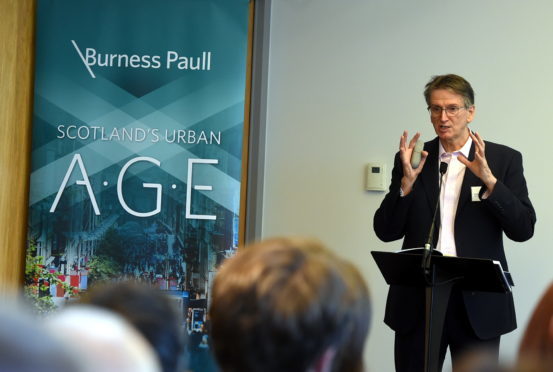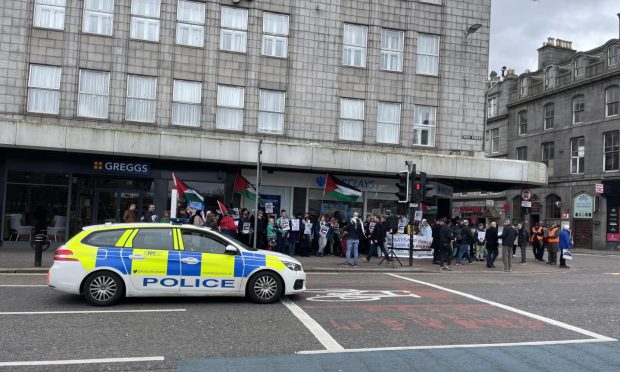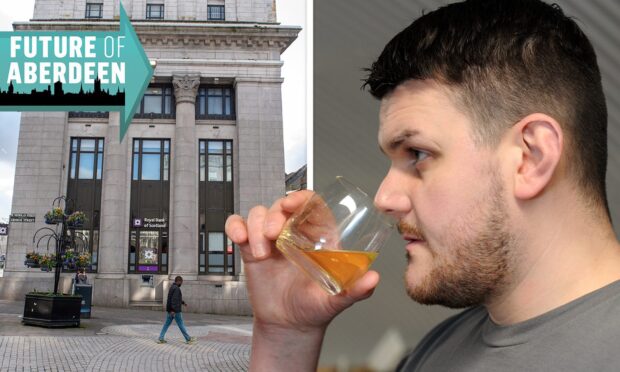A leading expert on urban development has called for sub-two hour rail journeys from Aberdeen to the central belt and a dedicated Scottish government minister for cities if the north-east is to have a successful economic future.
Brian Evans, professor of urbanism and landscape at the Glasgow Urban Lab organisation, spoke to business leaders and representatives from other groups from all across the north-east yesterday at a special conference in Aberdeen to mark the launch of the Scotland’s Urban Age report.
The research, designed to advise Scotland’s policymakers on a future where more people than ever are living in cities rather than rural areas, was discussed yesterday at Burness Paull’s offices on Union Plaza by a panel featuring Prof Evans, city council co-leader Douglas Lumsden, Aberdeen and Grampian Chamber of Commerce chief executive Russell Borthwick, and chaired by Press and Journal editor-in-chief Richard Neville.
Among the recommendations of the 100-page report – which was co-authored by Prof Evans – are calls for a “major realignment of Scotland’s housing strategy”, a new investment strategy to help Scotland’s major population centres to compete with some of the world’s most successful cities, and sustainable transport schemes to help tackle climate change.
>> Keep up to date with the latest news with The P&J newsletter
But at yesterday’s conference, much of the focus was given to two other key recommendations of the research – the economic potential of improved train journeys from Aberdeen to Glasgow and Edinburgh, and the difference a dedicated minister for cities could make.
Prof Evans said: “Rail connectivity is important because at the moment it’s not a particularly comfortable journey from Aberdeen to the central belt, and it could be more comfortable, and quicker – and that would hopefully support development between the north-east of Scotland and the central belt.
“I see it as one of the biggest challenges for Aberdeen and the north-east to face.
“Aberdeen is incredibly important to Scotland. It’s never good for a country to have one city that dominates all the others – and we don’t have that, but we have the risk of the Edinburgh and Glasgow region becoming super dominant, and Aberdeen and the north-east provides a perfect counter-point to that.
“Our big cities and towns really need to play as a team.
“And although we have recommended a minister for cities, that job would be to coordinate the interconnectivity between cities and trust them and their regions to get on with the job – because I believe they have the competence and ability to do so.”










